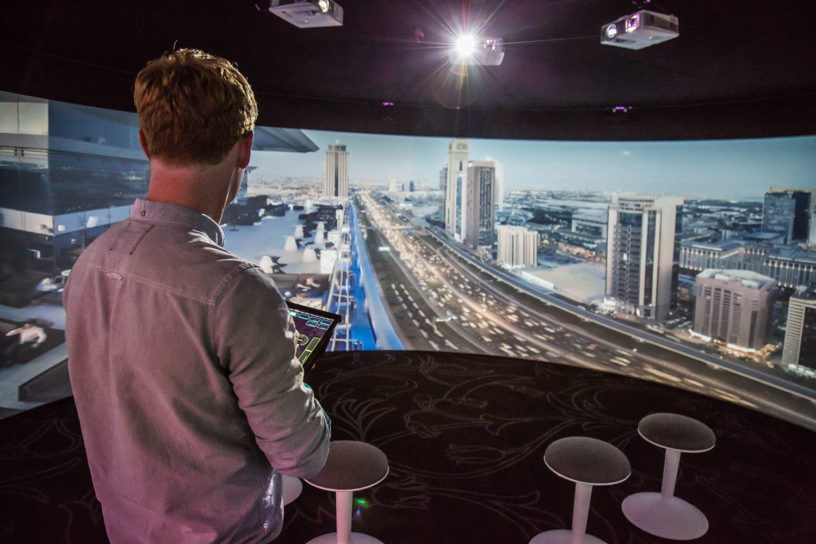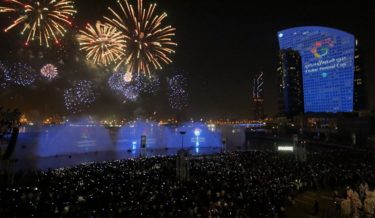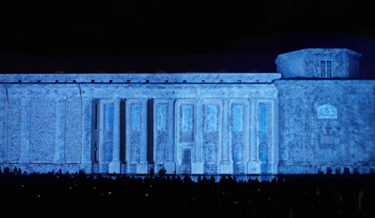Related post
Panasonic Helps Create World’s Biggest Water Screen and World’s Largest Permanent Projection Mapping at Dubai Festival City
Aug 01, 2017
|
Comments Off on Panasonic Helps Create World’s Biggest Water Screen and World’s Largest Permanent Projection Mapping at Dubai Festival City
2594
node 5:5 – New spatial dynamics, at scale and magnificence
Mar 07, 2017
|
Comments Off on node 5:5 – New spatial dynamics, at scale and magnificence
5278
3D mapping projection “Sofia’s Starmap”
Aug 03, 2017
|
Comments Off on 3D mapping projection “Sofia’s Starmap”
1957








